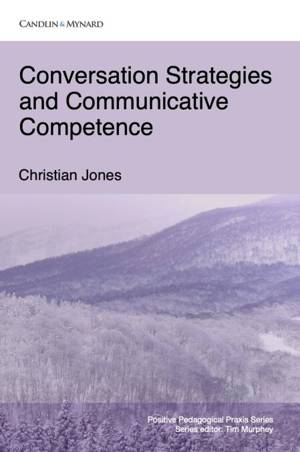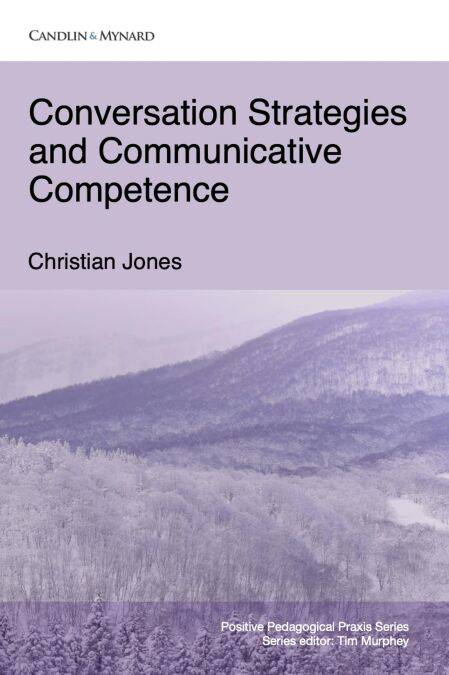
- Retrait gratuit dans votre magasin Club
- 7.000.000 titres dans notre catalogue
- Payer en toute sécurité
- Toujours un magasin près de chez vous
- Retrait gratuit dans votre magasin Club
- 7.000.0000 titres dans notre catalogue
- Payer en toute sécurité
- Toujours un magasin près de chez vous
Description
The book reports on research into teaching conversation strategies as a means of developing communicative competence. The introductory chapter defines key terms and positions this book's aims and arguments. The next four chapters each describe a different study examining the teaching of conversation strategies in a different way: a learner corpus investigation of strategies used by both learners and users of English as a lingua franca; a materials evaluation study based on the responses of teachers in a variety of contexts; an experimental study in an ESL context, comparing the effects of teaching conversation strategies to a control group receiving no instruction; and finally a qualitative diary and interview study in an EFL context. The author concludes by discussing the implications of these studies for teachers and researchers.
Endorsements
"Christian Jones draws useful implications to inform the development of materials and inspires a number of avenues for fruitful future research into the teaching of conversation strategies. We congratulate him on this volume and wish him and anyone connected with conversation strategy teaching huge success. The manifestations of their success will, no doubt, speak for themselves" (Foreword)
Jeanne McCarten and Michael McCarthy
"For some time now, research into second language conversational competence has focused on the linguistic features of spoken language, sometimes at the expense of a concern for what successful speakers actually do. This eminently readable, evidence-based book restores the balance, and re-instates the role of conversational strategies where they rightfully belong; at the forefront of any pedagogy aimed at developing the ability to manage and sustain informal talk in a second language."
Scott Thornbury, Associate Professor, The New School, New York
"Jones valuably starts with an overview of what conversation strategies actually are and why we should teach them. He then presents us with a detailed corpus analysis along with teacher evaluations of materials for teaching conversation strategies. He then guides you through two studies with actual students in the classroom in ESL and EFL contexts. Seldom are readers given so many valuable tips, research insights, and pedagogical pathways in conventional research articles; Jones has done a good job of combining good research with valuable pedagogical praxis." (Preface)
Tim Murphey, Visiting Professor, Kanda University of International Studies, Japan
Spécifications
Parties prenantes
- Auteur(s) :
- Editeur:
Contenu
- Langue:
- Anglais
Caractéristiques
- EAN:
- 9781005631925
- Date de parution :
- 23-03-21
- Format:
- Ebook
- Protection digitale:
- /
- Format numérique:
- ePub

Les avis
Nous publions uniquement les avis qui respectent les conditions requises. Consultez nos conditions pour les avis.






